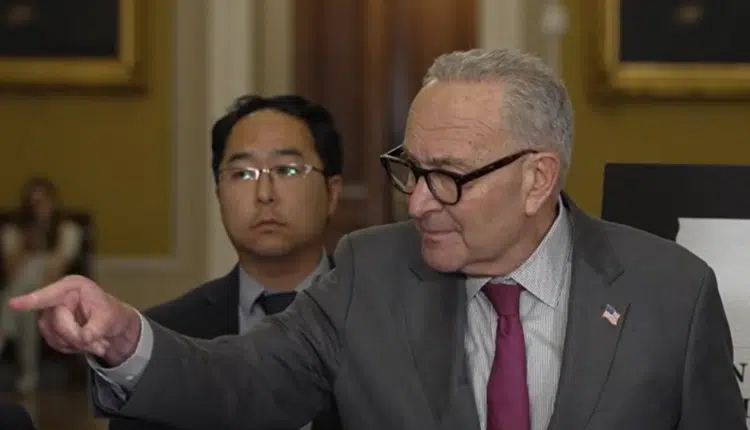By Robert Romano — Foreclosure filings jumped once again in the third quarter, this time to nearly 196,000, according to RealtyTrac, highlighting the continued weakness in the housing market and the general economy.
Americans for Limited Government President Bill was not surprised by the rise in foreclosures, citing government policies that had gummed up the works in recent years.
“These foreclosures would have already cleared had the government moratoria and foreclosure ‘prevention’ schemes at the federal, state, and local level never been implemented,” Wilson said.
That analysis is not without basis. In 2009, California imposed a 90 day moratorium on foreclosures, requiring banks to modify mortgages for distressed borrowers. Unfortunately, the modifications failed, and after the moratorium expired, the march of foreclosures continued, with over 65,000 in California during the second quarter alone.
California was not alone. Several states, counties, and institutions have repeatedly set up moratoria on foreclosures throughout the financial crisis.
In November 2008, Fannie Mae and Freddie Mac engaged in a moratorium because throwing homeowners out of their homes over the holidays was considered cruel. In 2009, Representative Barney Frank called for another moratorium. Then the excuse was to allow the Obama Administration time to present its plans to reduce foreclosures. He got what he wanted, and several banks held off on foreclosures while the White House prepared its policy.
Then, the Obama Administration implemented its $75 billion mortgage modification program. But, former chief credit officer of Fannie Mae Edward Pinto in testimony before a House oversight committee estimated a likely 40 percent re-default rate for the attempted 340 thousand active permanent modifications. Even then, the Treasury fell way short of its stated goal to “help as many as 3 to 4 million struggling homeowners avoid foreclosure.”
Matters were further compounded in light of the 50 state joint investigation into the alleged improper filing of foreclosure claims by financial institutions, when several Capitol Hill lawmakers called for a national moratorium on the entire foreclosure process in 2010. This resulted in more moratoria by the financial institutions themselves while they verified that the basis for foreclosure filings was accurate.
Wilson was adamant on the impact these policies had overall on delaying the inevitable: “All they accomplished is slowing down the process and prolonging the housing downturn by almost a year, and thus the recession. In the meantime, they prevented younger homebuyers from entering the market, forestalling a recovery.”
He added, “Government needs to get out of the way once and for all and allow this process to work itself out.” That’s some good advice, especially economically.
As for the political side of the equation, getting out of the way at this late hour will probably have little effect in terms of revitalizing the housing market in time for the 2012 election cycle, as voter attitudes are already setting in.
Meaning there was no benefit whatsoever from the government’s policy of delaying the inevitable. Still, though, that has not stopped Democrat lawmakers from recently calling for yet more foreclosure “prevention” efforts, such as mortgage cramdowns, that will only slow things down further.
Enough already.
Robert Romano is the Senior Editor for Americans for Limited Government.






